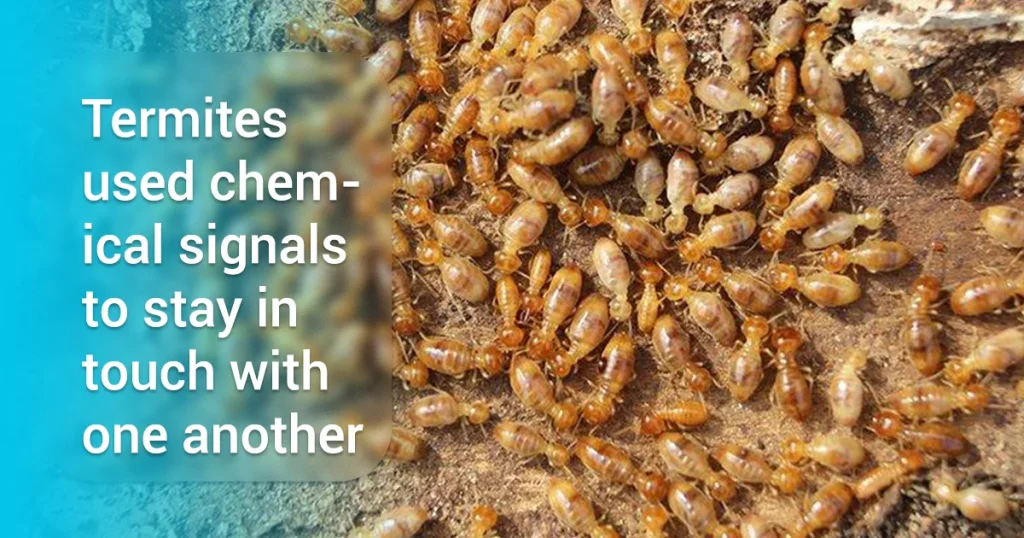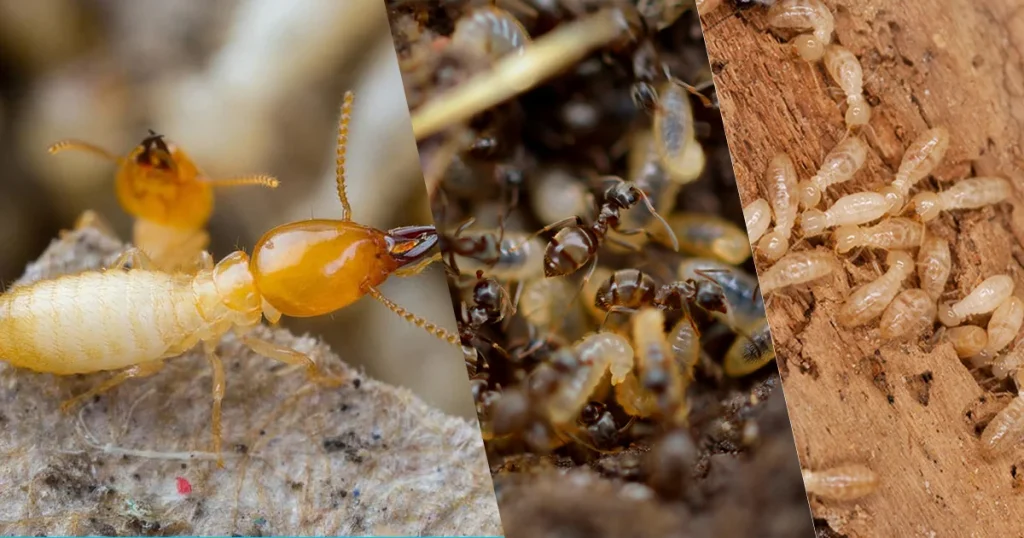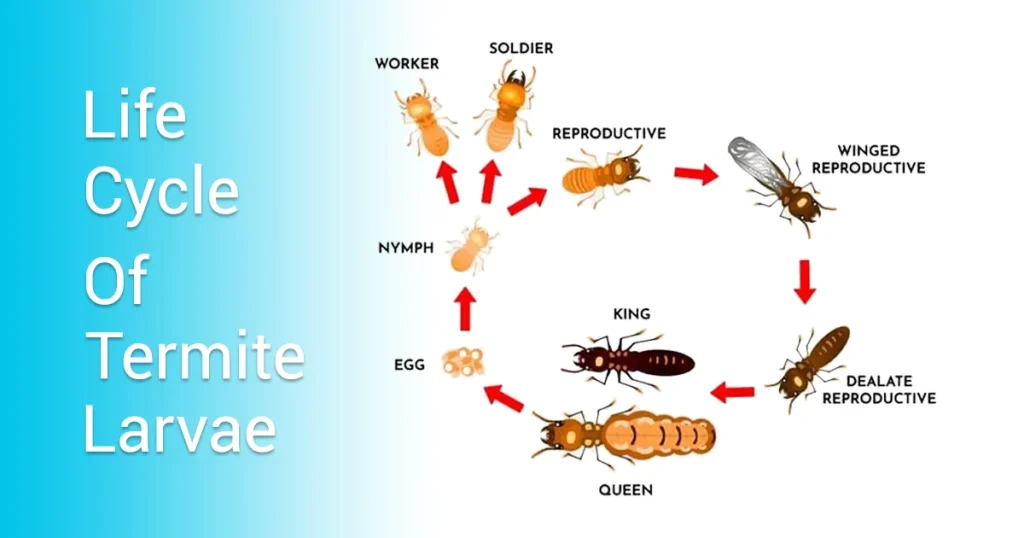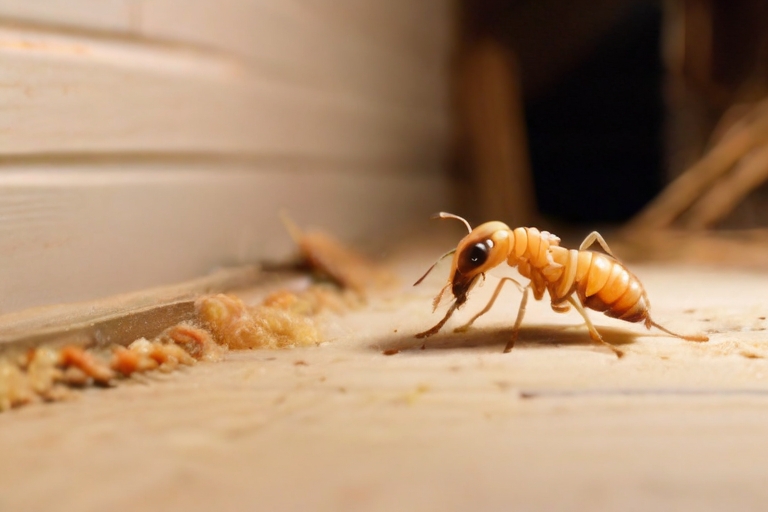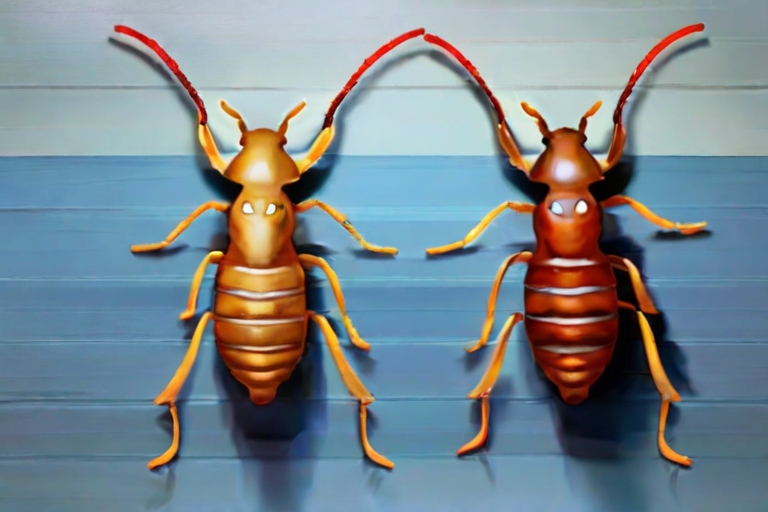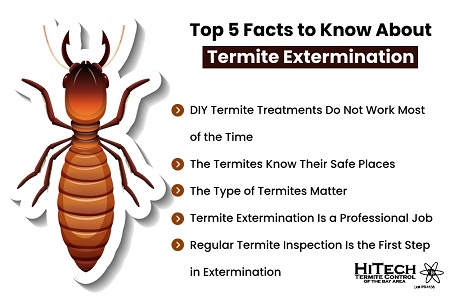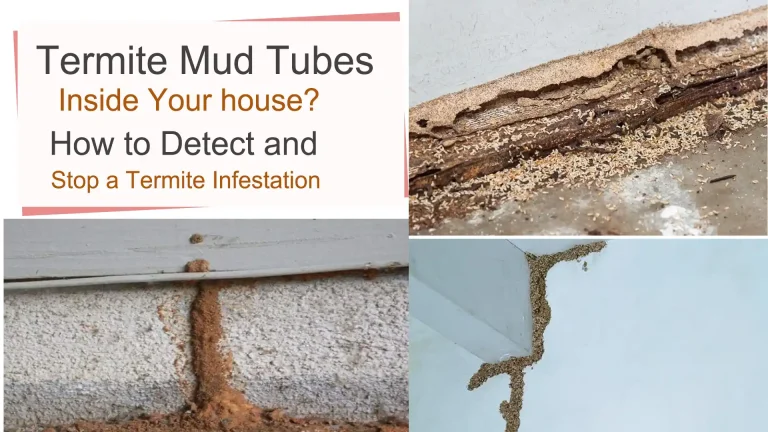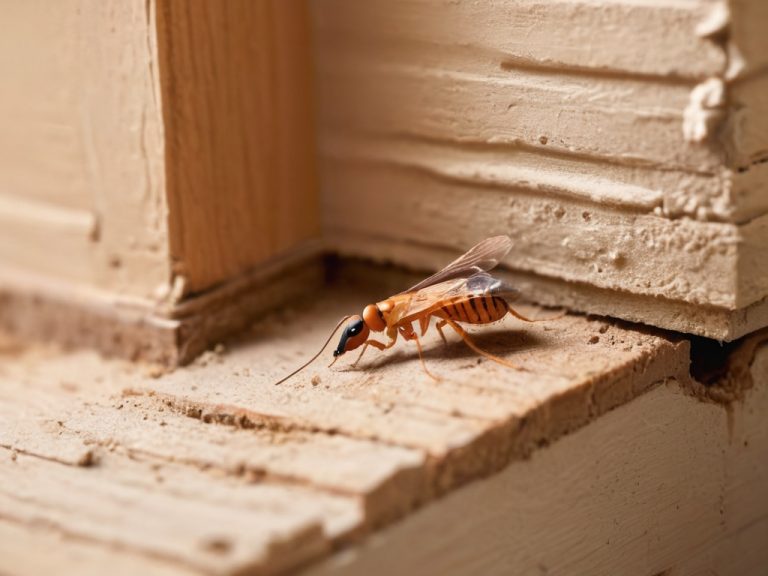WHAT IS TERMITE LARVAE: HOW TO GET RID OF THEM
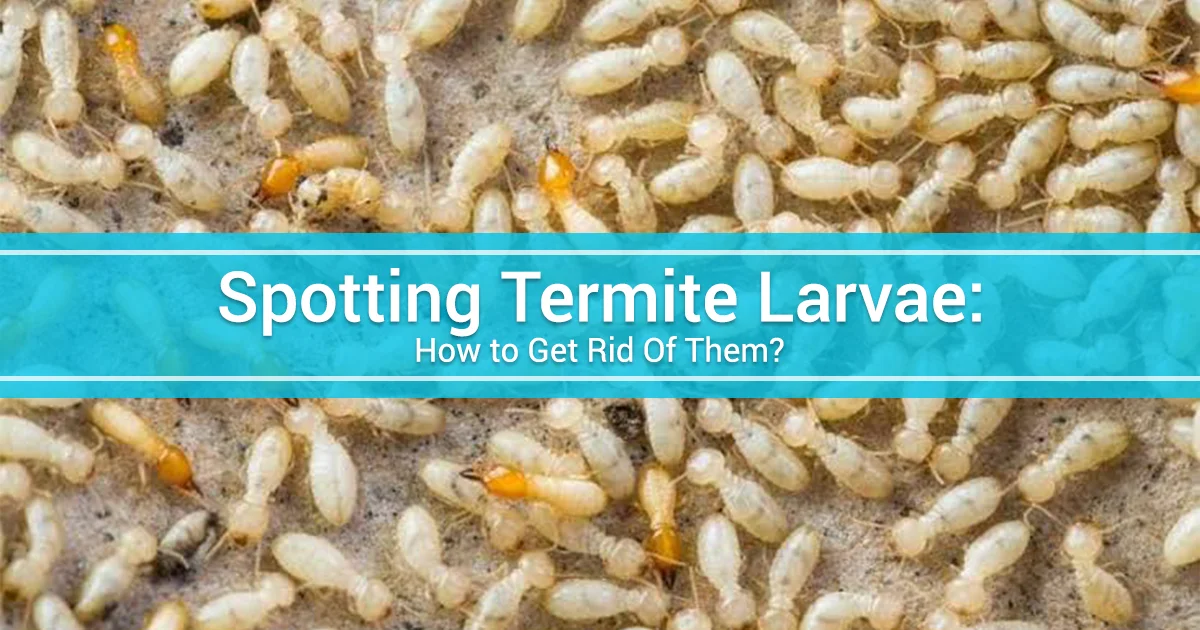
What is a termite?
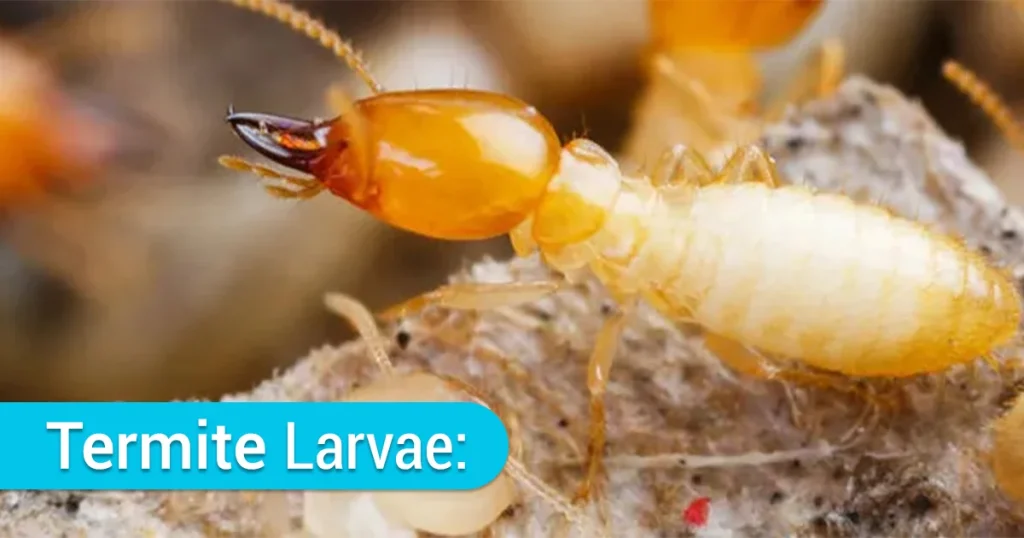
Have you ever heard someone talk about “white ants,” or Seen an insect resembling an ant with a light-colored body? Chances are you were looking at a termite larvae. Similar to ants, termites are insects with three body segments and strong, biting mouthparts .And like ants, termites are very social.
They live and work in large, complex colonies. But that’s where the similarity ends. Although they look like ants and act a bit like ants, termites are actually close relatives of cockroaches.
Scientists believe that termites evolved from their cockroach ancestors about 150 million years ago. They haven’t changed much in all those years and are considered to be primitive insects.
Termites have pale, soft bodies that are always in danger of drying out. To prevent this, they spend most of their time underground, where it is cool and damp. Termites will do almost anything to avoid the outside world. They even built covered mud tunnels called shelter tubes.
These tubes protect them while they travel from their nest to a source of food. Because they spend their lives in the dark, vision is not very important to most termites.
In fact, many termites do not even have eyes! The exceptions are winged reproductive termites, which need to see where they are going when they fly. Instead of visual cues, termites use chemical signals to communicate with one another.
Every termite colony has its own particular chemical “odor.” If an intruder enters the nest, the termites can tell immediately because the nest has a different smell.
When this happens, the termites release an alarm pheromone that lets the soldier termites know it’s time to attack. Termites also use pheromones to tell one another about new food sources. Termites use chemical signals to stay in touch with one another.
How to Identify Termite Larvae
Termite larvae are tiny animals. They are quite pale when you first see them, with the last part of their abdomen being slightly darker than the rest of their body. These little creatures, which are only 2 to 3 millimeters long, are quite different from adults.
The legs of termite larvae are one characteristic that sets them apart. They have three pairs of legs that help in mobility within their nests and achieving of their fundamental functions.
Their antennae are straight, as you can see if you look at them closely. They differ from ants in that their antennae don’t bend as much. Therefore, if you’re ever unsure whether you’re looking at an ant or a termite larva, check those antennae!
So, Remember, when you spot a tiny, pale insect with a darker head, straight antennae, and three pairs of legs, you might be looking at a termite larva.
The Life Cycle of Termite
Termites have a life cycle, just like people do. They start as eggs, grow into nymphs, and eventually become adults.
- The life cycle begins when mature termites mate and lay eggs. These eggs hatch into nymphs, which then develop into adults. The cycle repeats as these adult termites form new colonies.
- Nymphs are the intermediate stage between eggs and adults, and they undergo several molts before reaching maturity. Termite larvae are essentially the early stage nymphs. Identifying termite larvae is crucial for intervening in the life cycle and preventing further infestations.
Termite Larvae vs. Ant Larvae
When it comes to identifying termites and ants, adults of these two insects can often be confusingly similar. However, an effective way to tell them apart lies in their early stages of life their larvae. These young ones have distinctive characteristics that set them apart. lets explore the differences
Termite Larvae: If you’re trying to figure out whether you’re dealing with termites or ants, take a close look at the larvae. Termite larvae resemble smaller versions of adult worker and nymph termites. They have separate body segments, tiny legs, and antennae, making them look somewhat like their fully-grown relatives.
Ant Larvae: Ant larvae have a distinct appearance. They appear more like grubs, lacking legs or eyes, and their head doesn’t seem to have separate parts. Additionally, they are covered in tiny hairs.
Signs of Infestation
Termite larvae can be sneaky, but they leave behind clues. If you tap on wood and it sounds hollow, that could be a sign. Also, keep an eye out for mud tubes, discarded wings, droppings, and cracks in your home’s foundation. These signs can help you spot termite larvae infestation early and take action.
Where termites can be found
Termite larvae have favorite hiding spots in your home. They love wood and places with cellulose-based materials. Keep an eye on infested wooden structures, furniture, and dark, hidden spots like wall voids and crawl spaces. Spotting these areas helps you target the source of the problem.
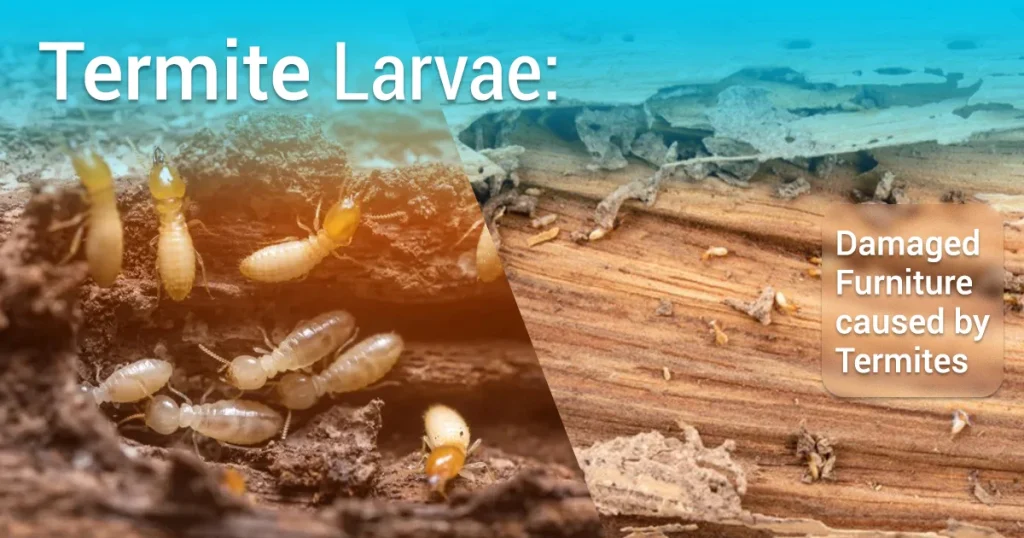
How to Keep Termites Away
Preventing termite larvae from moving in is the best approach. You can do simple things like
- Maintaining proper home hygiene: Regular cleaning discourage the accumulation of cellulose-rich materials that attract termites. Proper waste management practices prevent the presence of organic waste that could serve as a food source for termites.
- Eliminating moisture sources: Repairing leaks and ensuring proper drainage minimizes the attractiveness of your property to termites. Managing humidity levels within your home reduces the likelihood of termite infestation.
- Removing wood-to-soil contact: Creating a physical barrier between soil and wooden structures, such as using concrete footings, prevents the easy access of termites to your property.
Get rid of termites with home remedies
Applying orange oil: Orange oil, derived from orange peels, contains compounds that are toxic to termites. Directly applying orange oil to infested areas can help eradicate them
Implementing boric acid: Boric acid is a natural insecticide that is toxic to termites. By applying boric acid to areas with termite larvae infestations, the larvae can be eliminated.
Creating a vinegar solution: Vinegar solution is an effective natural remedy. Spraying a mixture of equal parts vinegar and water onto infested areas can disrupt the larvae’s scent trails and deter further infestations.
FAQs
Q: How fast does termite larvae develop into adults?
Ans: Termite larvae grow up quickly, taking just a few weeks to a few months to become adults. Their development speed depends on factors like species, environment, and available food
Q: Can termites bite you?
Ans: Termites aren’t known for biting humans. They’re more interested in feasting on wood and cellulose. So, you can breathe easy – termites won’t nibble on you
Q: How do you get rid of baby termites?
Ans: To get rid of baby termites, also known as nymphs, first detect indicators of a termite infestation, such as mud tubes or damaged wood. Then, for inspection and treatment, it’s better to hire a professional pest control agency, since they have the skills and tools to manage the problem properly. DIY remedies are generally not advised. Prevention is also vital, which includes keeping a dry home, repairing moisture concerns, and avoiding wood-to-soil contact. Early intervention is critical to minimizing potential property damage.
Q:What is the difference between fly larvae and termite?
Ans: Fly larvae, commonly known as maggots, and termite larvae have distinct differences. Termite larvae have six legs and straight antennae, while fly larvae lack legs and have a more elongated body.
Q: Can termite larvae cause health problems for humans?
Ans: Termite larvae themselves don’t pose direct health risks to humans. But their presence could indicate a larger infestation, which might lead to property damage and potential health concerns.


